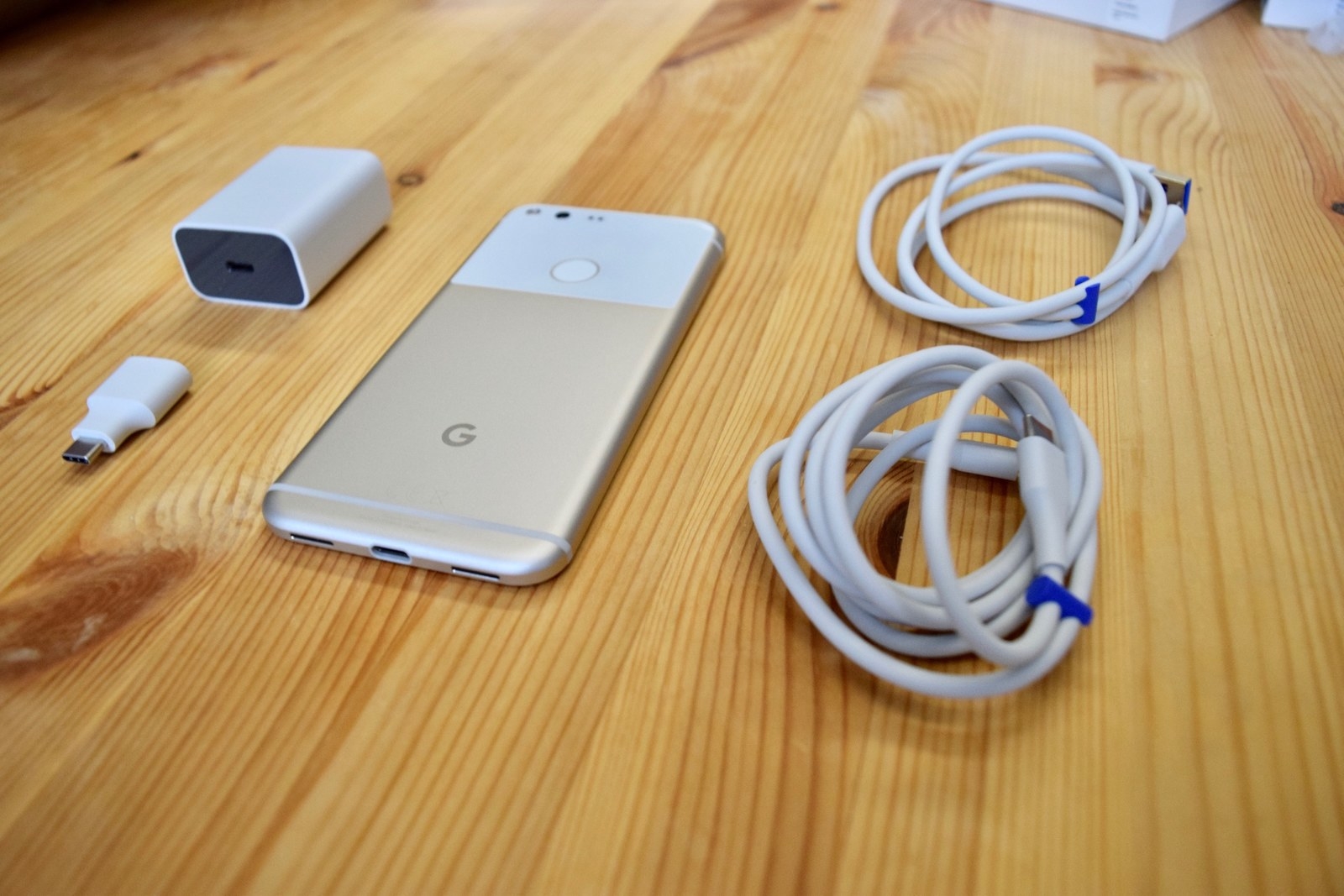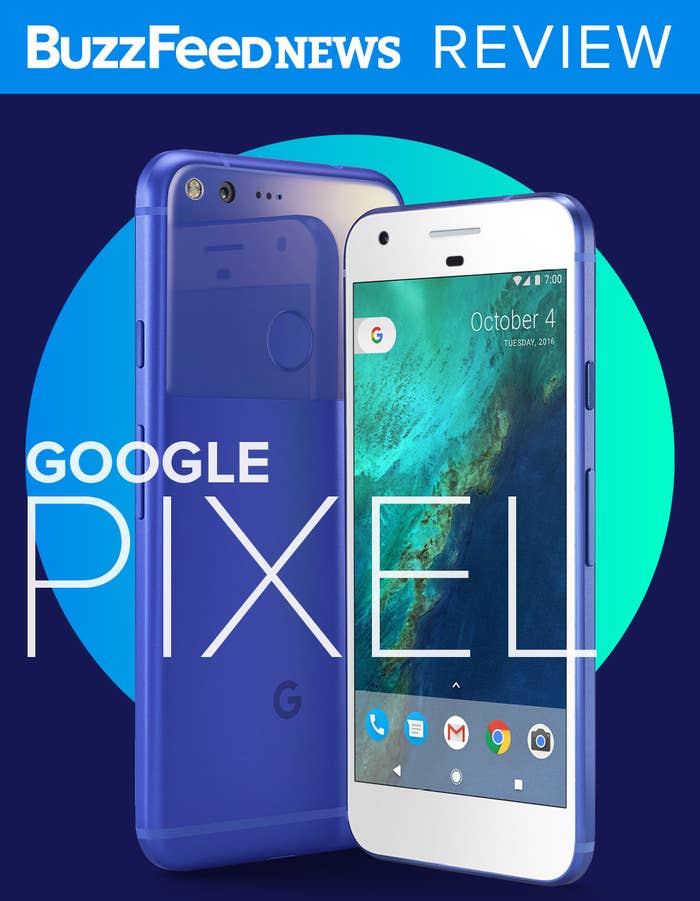
Of the tens of thousands of Android devices to choose from, I have always preferred the Nexus phones, which were made by Google and a rotating cast of partners like Samsung, Huawei, and LG. Nexus devices ran Android the way Google intended, without third-party “skins” and other feature gimmicks that afflict so many other brands that take advantage of Android’s free, open-source platform.
This year, Google broke free of its Nexus partnerships, opting instead to strike out on its own. While they are built in HTC’s factories, the Pixel and Pixel XL are the first phones designed entirely by Google. They hit shelves on Oct. 20 around the world.
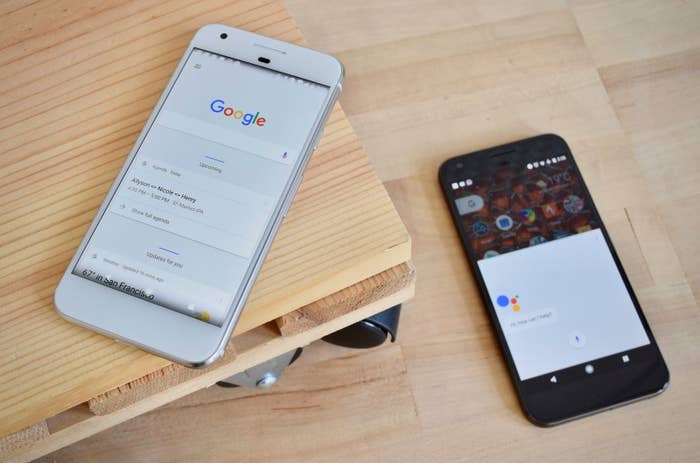
Setup is less painful with a little help from Google.
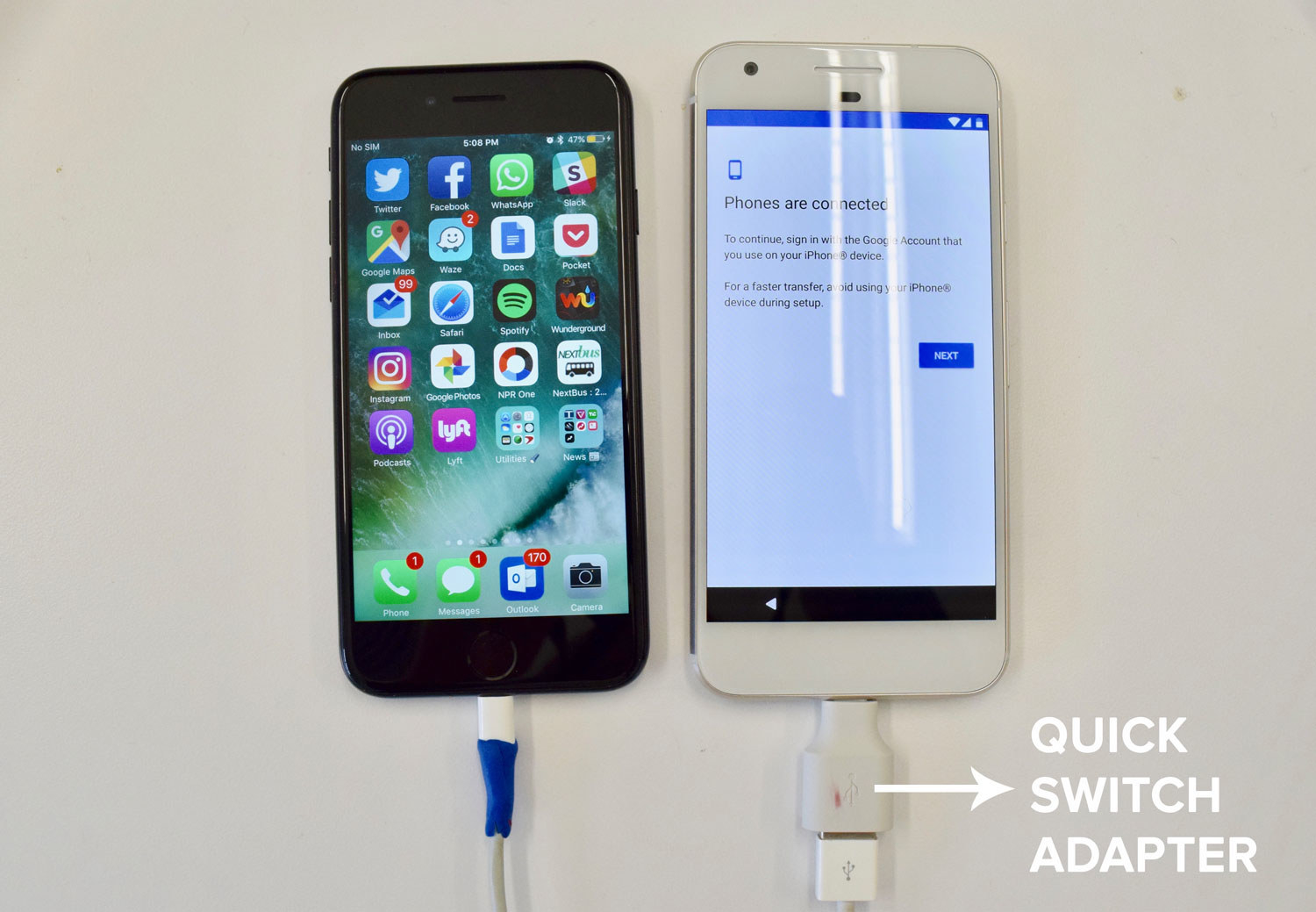
There’s a support team built right into the phone.
The Pixel is the first to run Android 7.1 and, at least for now, the only to have the Pixel Launcher.
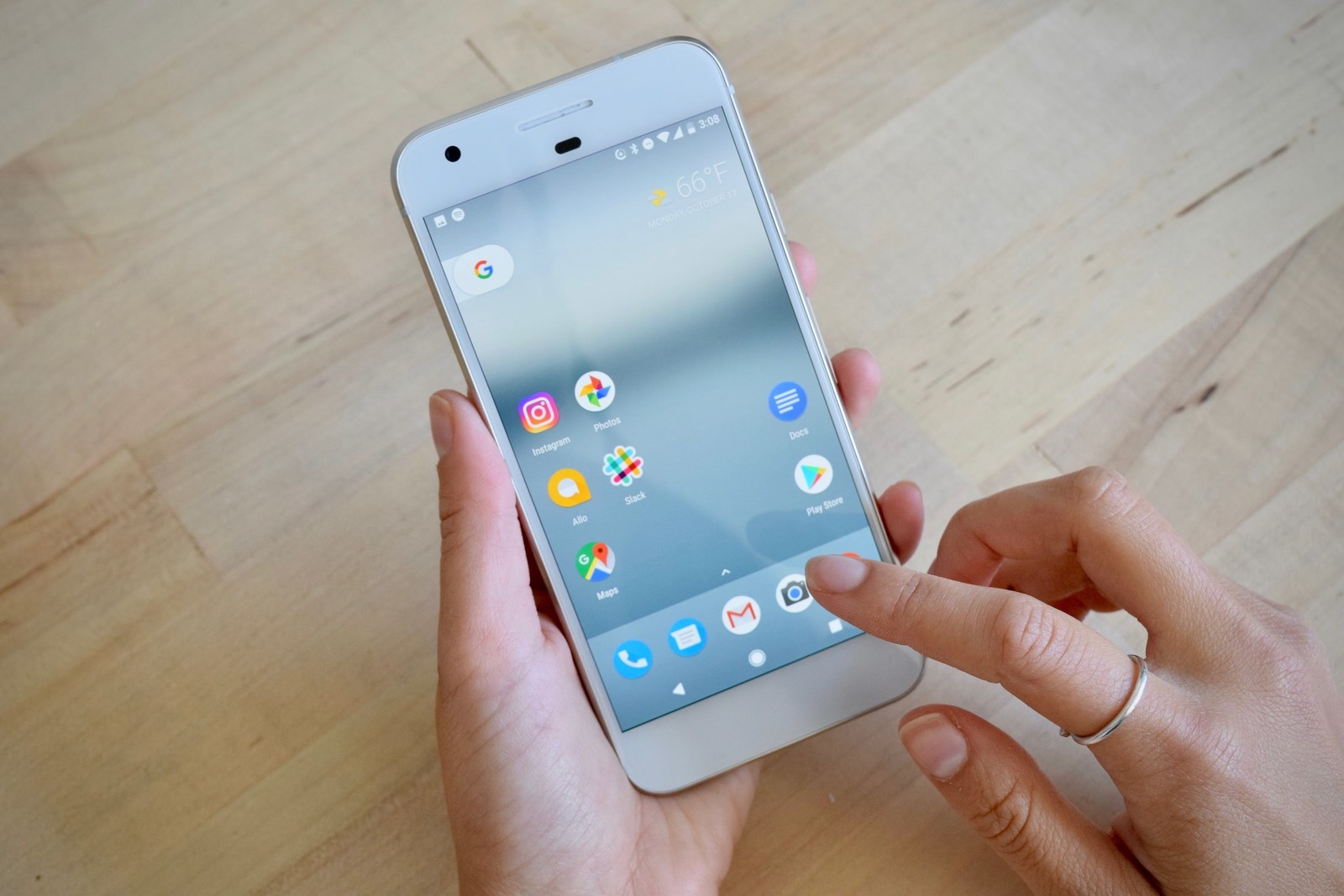
But there are more significant updates that are exclusive to the Pixel.
The Pixel has a processor that’s finally powerful enough to make Google’s animation-heavy Android OS actually look great.
The whole software experience is fast and sleek, and that may be because the phone I’m using is brand new, or because of the 2.15Ghz + 1.6Ghz, 64-bit, quad-core Snapdragon 821 processor housed inside.
According to a Geekbench performance test, the Pixel had a fairly average score: a single-core score of 1,596 and a multi-core score of 4,114. The Pixel XL review unit, which has the same processor, got a 1,679 single-core and a 3,966 multi-core score. Both sets of scores were much better than the Nexus 6P’s (1,274 and 2,704, respectively). The Galaxy S7, which has the previous generation Snapdragon 820, has the best score, with an average of 1,806 for single and 5,228 for multi-core, according to the app.
It’s important to keep in mind that CPU benchmark tests don't perfectly represent the device’s real-world performance, especially with phones like Samsung's that are loaded with “bloatware” or extra features that run on top of Android and slow the devices down.
It's more fair, I think, to pit the Pixel against the best camera phone on the market right now: the iPhone 7.
There is a lot of technical hardware nitty gritty one can use to compare the two cameras. The iPhone's aperture (or the size of the hole inside a lens that allows light to come in) is larger, at f/1.8, than the Pixel's, which is f/2.0. The Pixel has a 12.3-megapixel camera, while the iPhone's is just 12 megapixels. But comparing those numbers isn't an accurate measure of a camera's image quality.
Sensor size, number of pixels, and a number of other specs are relative to each other (for example, more MP with the same sensor size means more noise) – and phone makers will often highlight the numbers that make their camera seem better than their competitors.
The key to a great smartphone image is the digital post-processing that happens after it's captured, and the only way to understand how the Pixel's software treats photos is to compare them, side by side, with unedited iPhone photos.
The iPhone 7 image is brighter overall, but both the Pixel and iPhone capture details well in low light.
The front-facing cameras are pretty much the same.
In most cases, the images captured by the iPhone 7 and Pixel were very similar...
...except in situations where the subject is moving, the foreground is dark, and the background is light.
The Pixel, however, is better at capturing the skin's natural texture (though not its color).
In the end, I'd still choose the iPhone 7's camera over the Pixel's, but it's a pretty close fight.
The Pixel's camera is pretty comparable to the iPhone 7 and definitely better than any Android camera on the market.
The battery was very inconsistent.
This phone’s hardware isn’t physically extraordinary, but it’s much easier to hold than last year’s phablet.

The “Quite Black” model is clearly the best of the three color options.

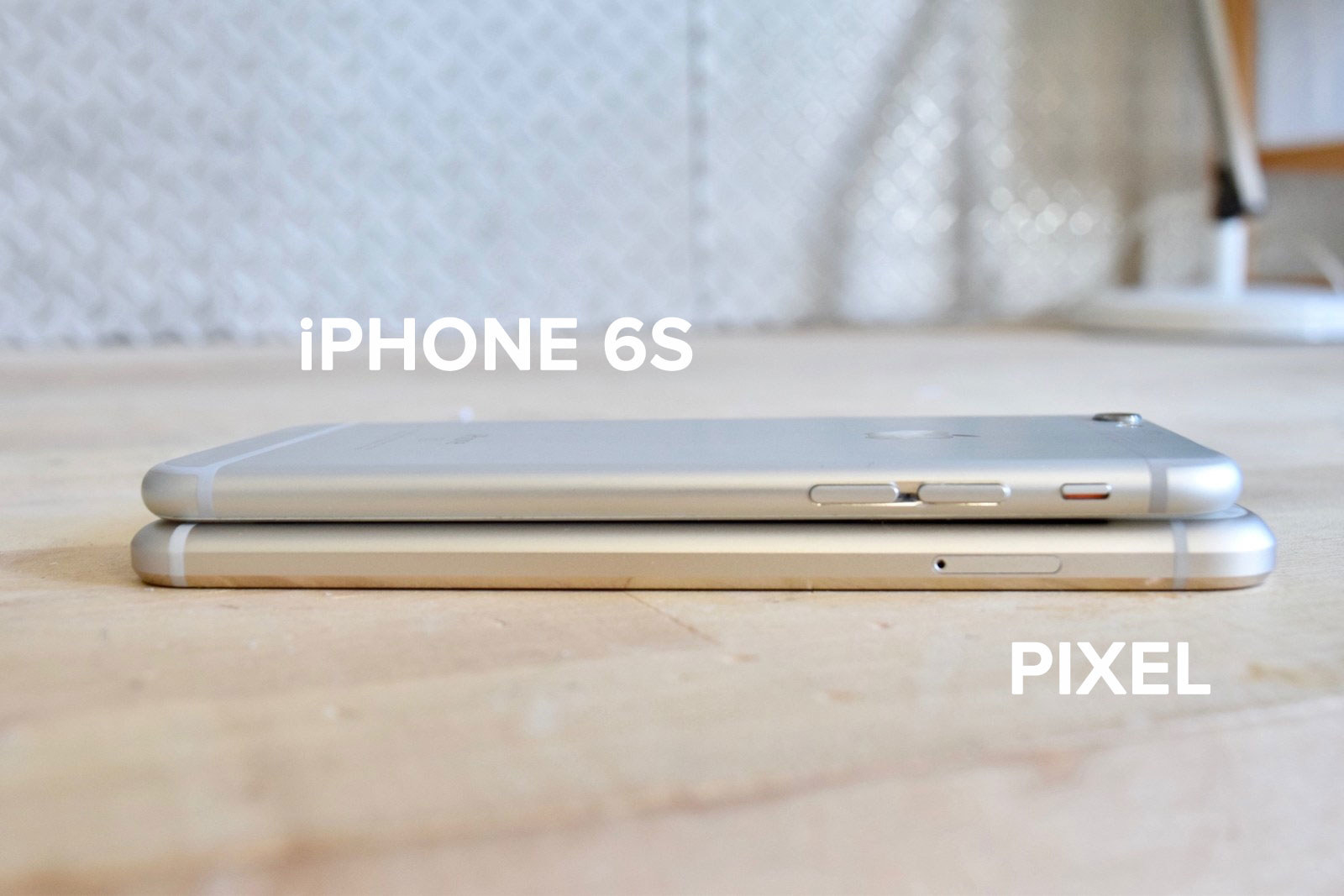
Where the Pixel falls short.
Flagship phones typically add something new to the conversation – and it doesn’t feel like the Pixel’s design has anything to say. This year, Samsung showed us what an elegant curved display looks like and Apple gave us a high-gloss jet black finish that disappears into the phone’s screen. Google’s phone, especially in Very Silver, feels dated in comparison. Google took from its influences (the iPhone 6S, last year’s Huawei 6P) and created a phone with decent, but uninspired, hardware.
But what’s inside of that pedestrian packaging – a solid camera and a beautifully designed, thoughtful operating system – is quite powerful.
The 32 GB version starts at $649 for the Pixel and $769 for the Pixel XL. That’s as expensive as the iPhone 7 or Samsung Galaxy S7/S7 Edge, which both offer an important feature that the Pixel doesn’t: water resistance.
Additionally, the Samsung devices have expandable storage through a micro SD slot, and Apple offers an (incredibly expensive) 256 GB iPhone tier. The Pixel has unlimited photo/video storage, but the phone itself is capped at 128 GB, which may not be enough for some power users.
The iPhone also tends to beat Android devices in real-world speed tests. The iPhone 7 scored 1,703 points higher than the Pixel on Geekbench’s single-core test and 1,218 points higher on the multi-core test. Between my iPhone and the Pixel, there isn’t a huge difference in speed. But only time will tell if its performance will remain consistent with daily use.
Stray observation: The side buttons are very sticky and the click is very loud. It drove me NUTS.
The battery issue on my smaller Pixel unit seems to be due to constantly auto-uploading images to Google Photos, which is wonderful in theory but a huge drain on the phone's power. Curious to see how Google plans to fix it.
So, should you get the new Pixel?
